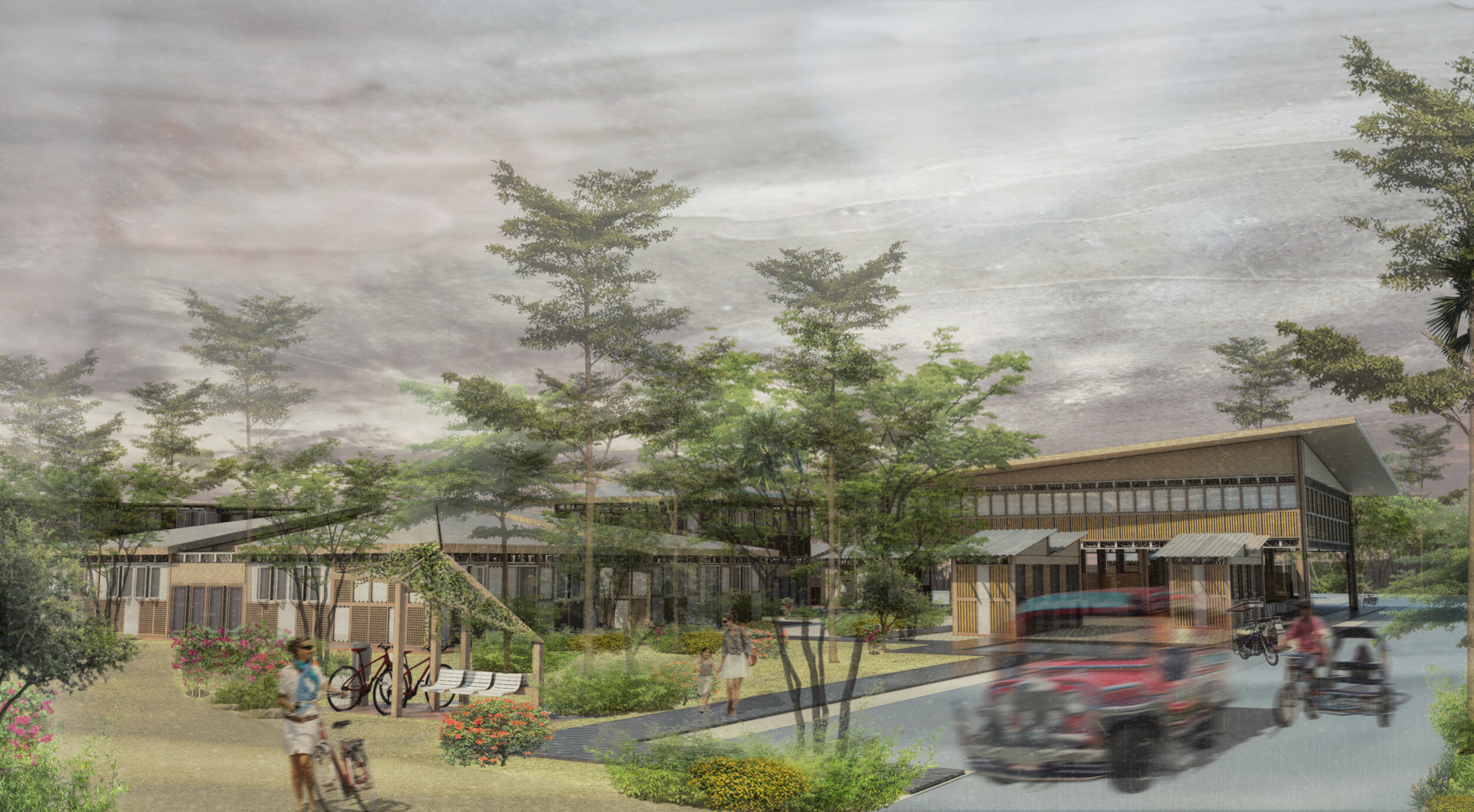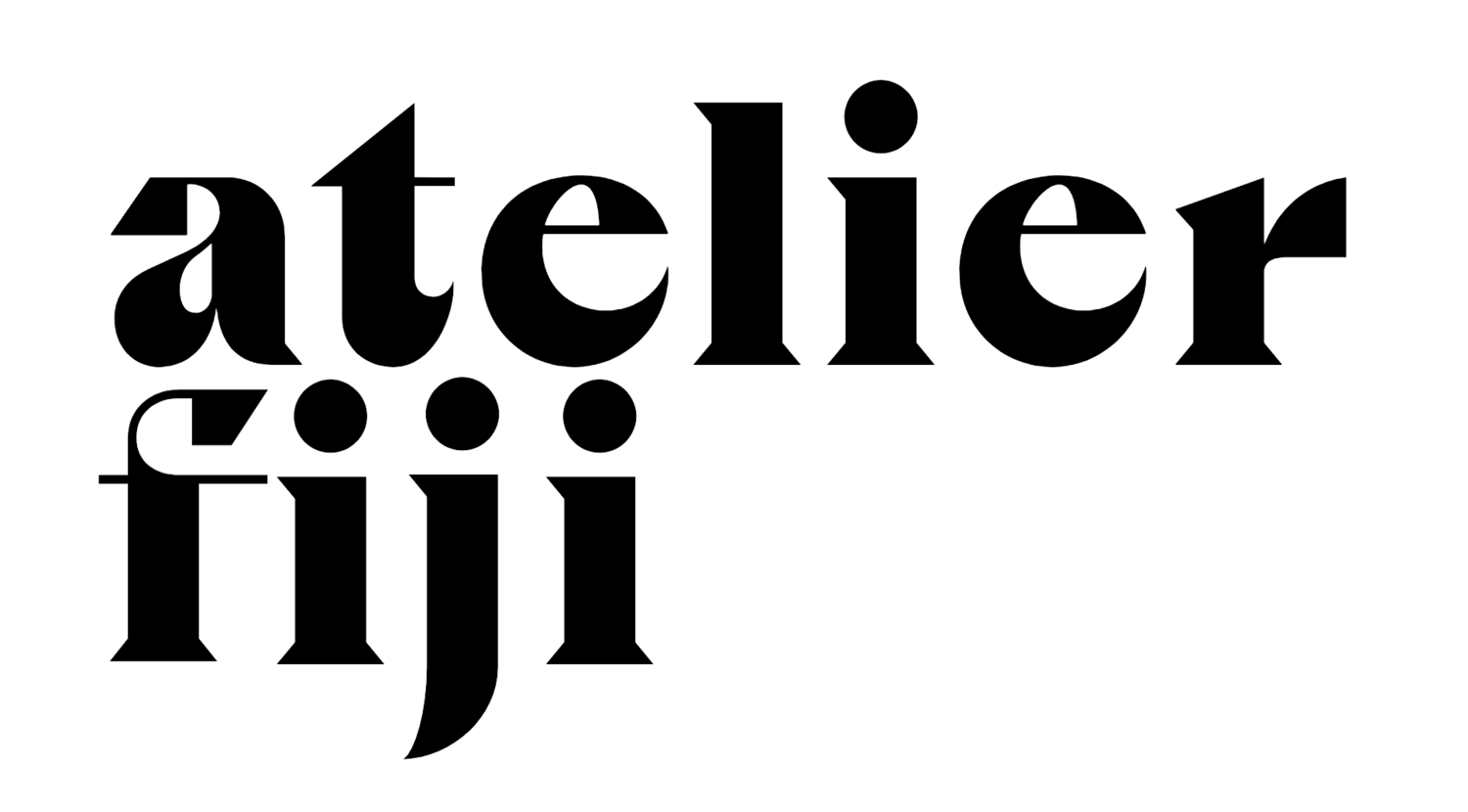
AGOS
VERB. To flow (as in water).
a coastal refluent village
In today’s terms it would be what one may call a retirement village, but with a new framework that incorporates architectural design and community planning with Green-Blue Infrastructure in a coastal development plan, it becomes something totally different. A refluent village is a coastal community wherein the intersection of the contrasting elements of ecosystem-human health, young-old, rural-urban, as well as the foreign-local, in the context of the cozy surfing and fishing town of Barangay Sto. Nino, San Felipe, Zambales comes to play.
It exemplifies a more profound alternative living choice for an increasing aging population wherein growth is not stifled by hospital-like facilities (as it is in western countries) or that one must only stay in one place / where they have spent most of their lives (as it is in Asia, especially in the Philippines).
Agos is about balance, conversation, and, ultimately, continuity as a human being.

LOCATION San Felipe, Zambales PH
AREA 31,250 sqm
TYPE Community Development Design
YEAR 2017
STATUS Completed - Architectural Studio IV Project
TEAM Ishka Mejia
CLIENT N/A
PEOPLE AGE AND THE CLIMATE CHANGES, NOW WHAT?
In a post-globalized and rapidly changing world, wherein endless possibilities of where life can go, how many ways lives can intersect through technology, and what life choices citizens today —the millenials and Gen Z-ers— make almost feel infinite, two unchanging facts remain: people age and the climate changes. By 2050, the ratio of dependency will have shifted to an increased aging population as global fertility is on a massive decline, and natural resources shall be almost used up to the hilt. Thus, a redefinition of what it means to retire is in place, as work and everyday life is no longer about routines, marriage, and permanence; it’s about continual discovery, having meaningful life experiences, and giving back to perhaps save the world, advocate a cause or serve a community, that in turn fulfills us for the rest of our lives.
CONCEPTUAL FRAMEWORK
From retiring, we are instead flowing, flowing with life — the past, the present, and the future. And in the Philippines, an archipelago surrounded by the beautiful sea, which best represents life’s coming and going, we then beat back like a wave through time as in the term refluence, and grow (not age) ever more as life continues, as it must no matter where we end up or, rather, where we choose to begin again.
AGING AS A LINKAGE TO BOTH ECONOMY AND A BETTER ENVIRONMENT
The community is founded on the idea that each person in the world comes and goes, but what is most valuable may well be the contributions each one gives whether in small or big ways to the world — for others and for nature — in the course of a life. So as more educated people age and wish to yet impart the the wisdom and skills they have gained throughout their lives to the next generation, with the locals of Zambales, and even foreigners, they can truly still make connections and impact the world through the refluent village. With a marketplace, common areas for both recreation and workshop purposes, agriculture opportunities, and living spaces always open to nature, yet private enough to feel safe and secure, it becomes a place where they can still participate with purpose, exchanging knowledge while also contributing to the development of the local economy and environment.
The villas in the village are made of modular ADISA panels programmed with 1 or 2 bedrooms, 1 kitchen, 1 toilet & bath, as well as ample porch area for self-agriculture (aquaponics) and repose, completely open to nature.
A marketplace structure made of the same ADISA modular panels shall serve both the village and the public, where locals and villagers themselves can commune and engage in their exchange of goods (made and grown by themselves) and boosting the local economy of San Felipe, Zambales, especially this particular town of Sto. Nino, where fishing as an industry has dwindled, needing an alternative source of both food and income.
This Commons Area structure made of modular ADISA panels is transformed into a workshop area for users to participate in teaching and learning activities. A light construction framework using locally sourced materials provides not only easy-to-build structures, but also exhibits flexibility in use and adaptability in function. The aesthetic is drawn from the materials themselves hand in hand with permeable walls and an expansive window area that provides more visual contact with nature.
MODULAR UNITS OF LOCAL MATERIALS
Each structure within the village was designed with a modular system which incorporates ADISA (assemble-disassemble) as a means to truly embody the balance of human comfort and minimize the ecological impact this entails with easy to assemble, durable, and locally-sourced materials such as; Agoho timber (Zambales), Rice Hull Ash Concrete (RHAC) an agricultural waste turned into concrete aggregate, and polycarbonate sheets in lieu of expensive and heat-gaining glass.
The designer developed 1.0m x 1.5m panels to be easily installed and stacked over a simple structure with lattice beams for flexibility and user-defined experience with the structure. From tiny 25 sqm villas to 1500 sqm workshop areas, these panels were designed to be prefabricated and effectively reused, continually.
Module Panels (W1.0 x H1.5m)
Diagrammatic Construction Isometric Blow Up of Studio Villa
PREFABRICATED AND REUSABLE, REFLUENTLY
Studio Villas - Elevations
Commons - Elevation
Commons - Section
Studio Villas - Sections
2-Story Villas Complex - Section




















